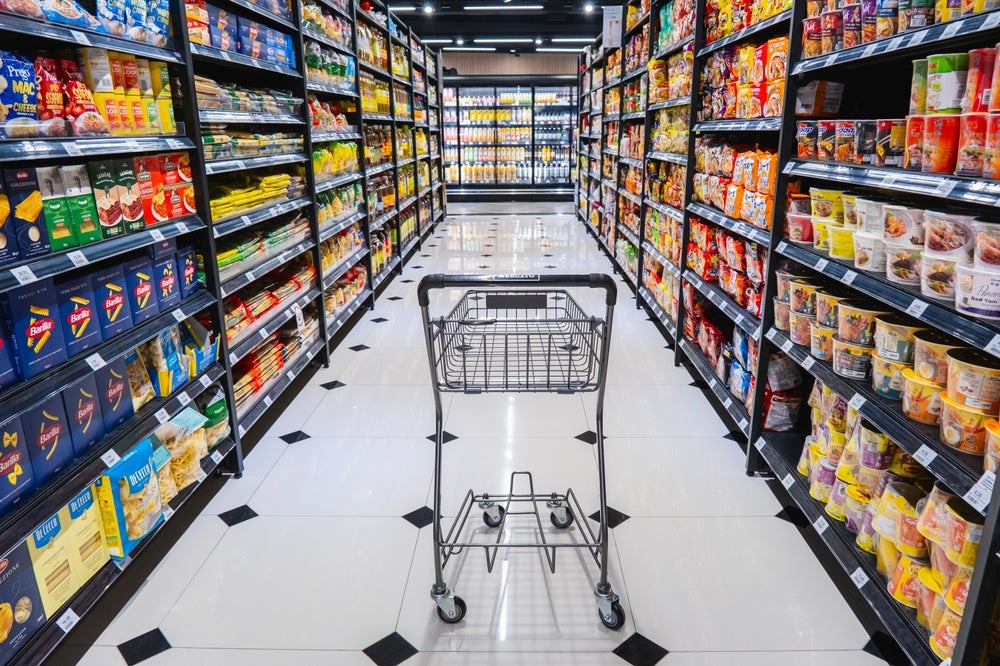Grocers must adopt technologies that remove friction for customers, providing faster checkouts, clearly priced stock and better product discovery, rather than chasing experimental features that do not solve real shopper needs.
Technology enhancements are improving grocery retailing by automating lengthy and costly processes, including instore advertising and shelf pricing labels, saving grocers money and freeing up staff to support shoppers. Likewise, grocers must avoid mistakes such as the overreach of Amazon Fresh, implementing technology that ignores commercial priorities such as shoppers’ perceived value, and fails to improve conversion or margins.
Consumer demand should guide the implementation of technology in grocery stores. Grocers must provide a variety of options instead of forcing a single solution. Successful innovations, such as self-checkouts and scan and shop devices, have become popular because they save time and simplify the shopping experience. In contrast, Amazon’s “just walk out” model was too complex and failed to make customers’ shopping journeys more seamless. Introducing an unfamiliar touchpoint such as needing to scan in at the entrance disoriented shoppers rather than helping them. The announced closure of Amazon Fresh’s UK stores due to weak consumer adoption highlights the importance of prioritising convenience and customers’ needs when introducing new approaches.
Grocers should only introduce technologies that ease the process by speeding up or streamlining shopping, and helping customers find and choose products more easily. Offering a choice of multiple shopping methods, such as traditional checkout, self-checkout, scan and shop, and app-assisted shopping, will allow grocers to introduce new technologies while enabling customers to select what suits them.
The growth of instore retail media, such as advertisements on scan and shop devices and dedicated digital screens, is crucial as costs rise. Leasing advertising space can increase profits and allow retailers to invest in product pricing and store refurbishments, improving the instore shopping experience. However, poorly executed retail media risks being ignored if unrelated to customers’ needs. Advertisements on scan and shop devices should be personalised, contextual and genuinely helpful – for example, delivering relevant promotions for items in a shopper’s basket, given they are typically linked to a shopper’s loyalty card information.
Tesco is currently a leader in this area, using its Clubcard data and large customer base to personalise recommendations and promotions. In comparison to instore digital advertising, which can encourage shoppers to pick up new items, electronic shelf labels ensure shoppers can accurately locate the cost of items as they shop and improve operational efficiency, reducing the time and cost of manually changing prices. However, they also create opportunities for dynamic pricing strategies that can erode perceived value. If customers suspect prices are being raised opportunistically, such as during peak demand or in specific store locations, the technology could harm trust and trigger backlash.

US Tariffs are shifting - will you react or anticipate?
Don’t let policy changes catch you off guard. Stay proactive with real-time data and expert analysis.
By GlobalDataGrocers must ensure transparency and highlight the clear customer benefit, such as fewer pricing errors and faster, predictable promotions, so shoppers feel informed and protected.






